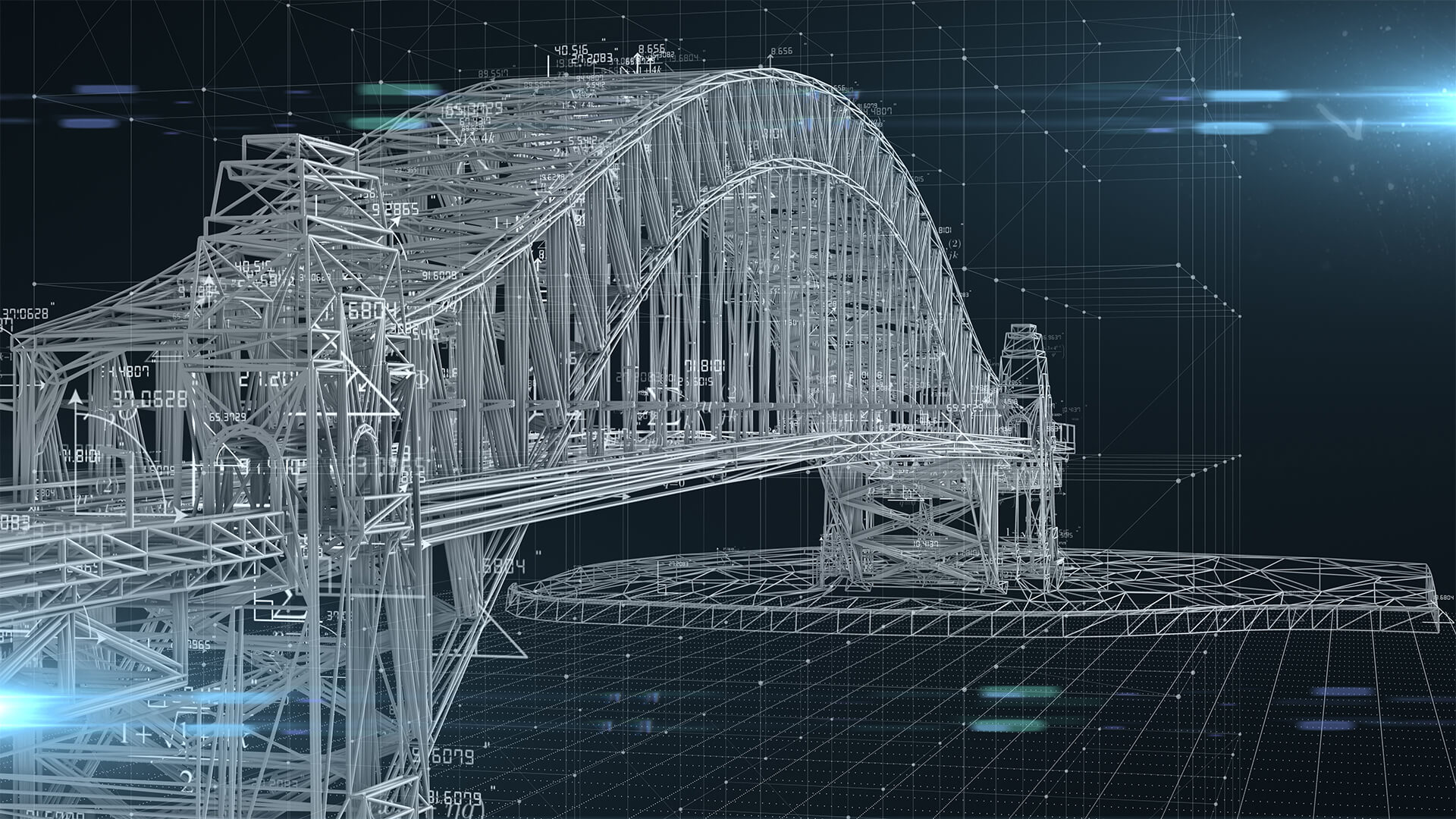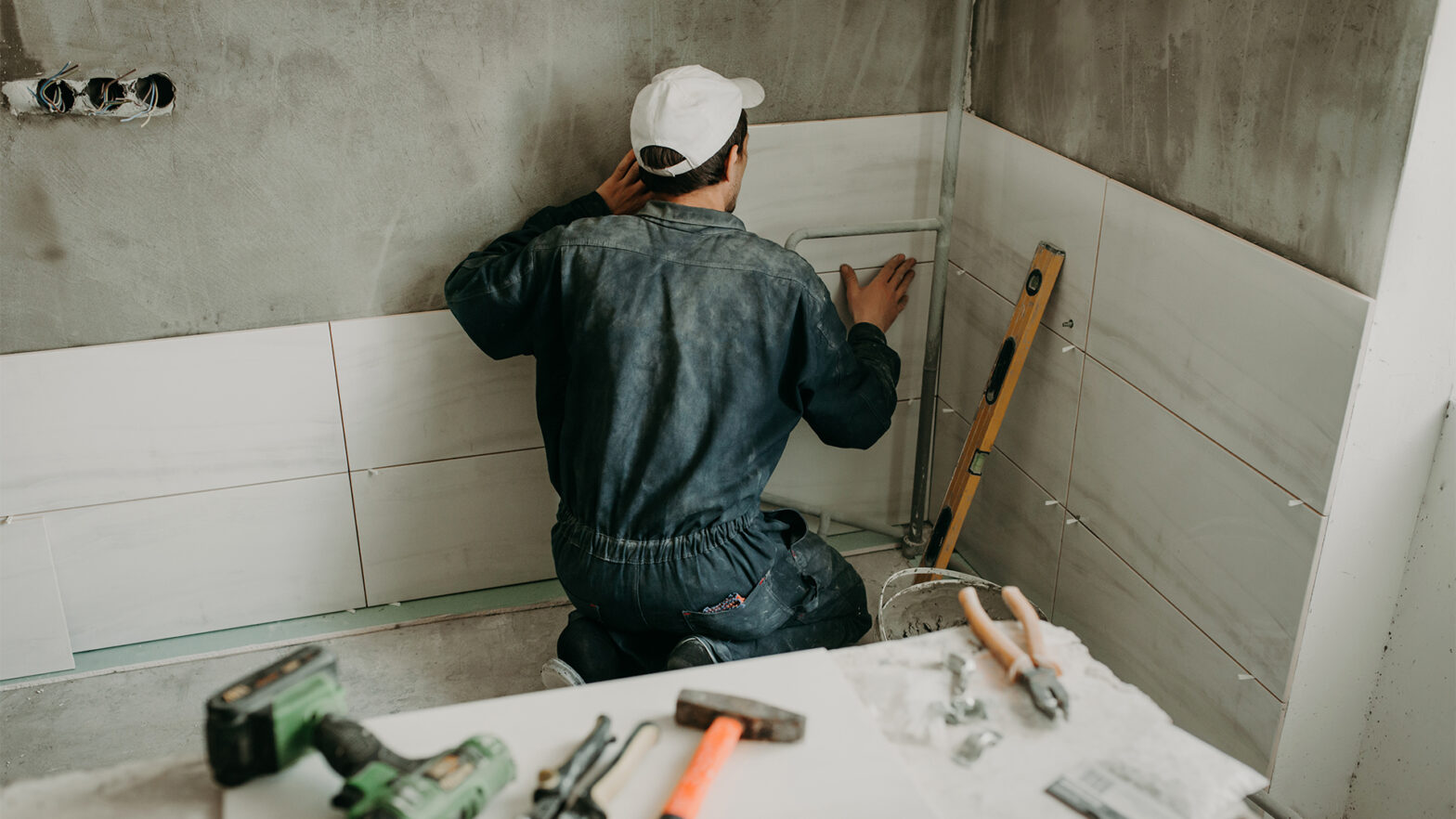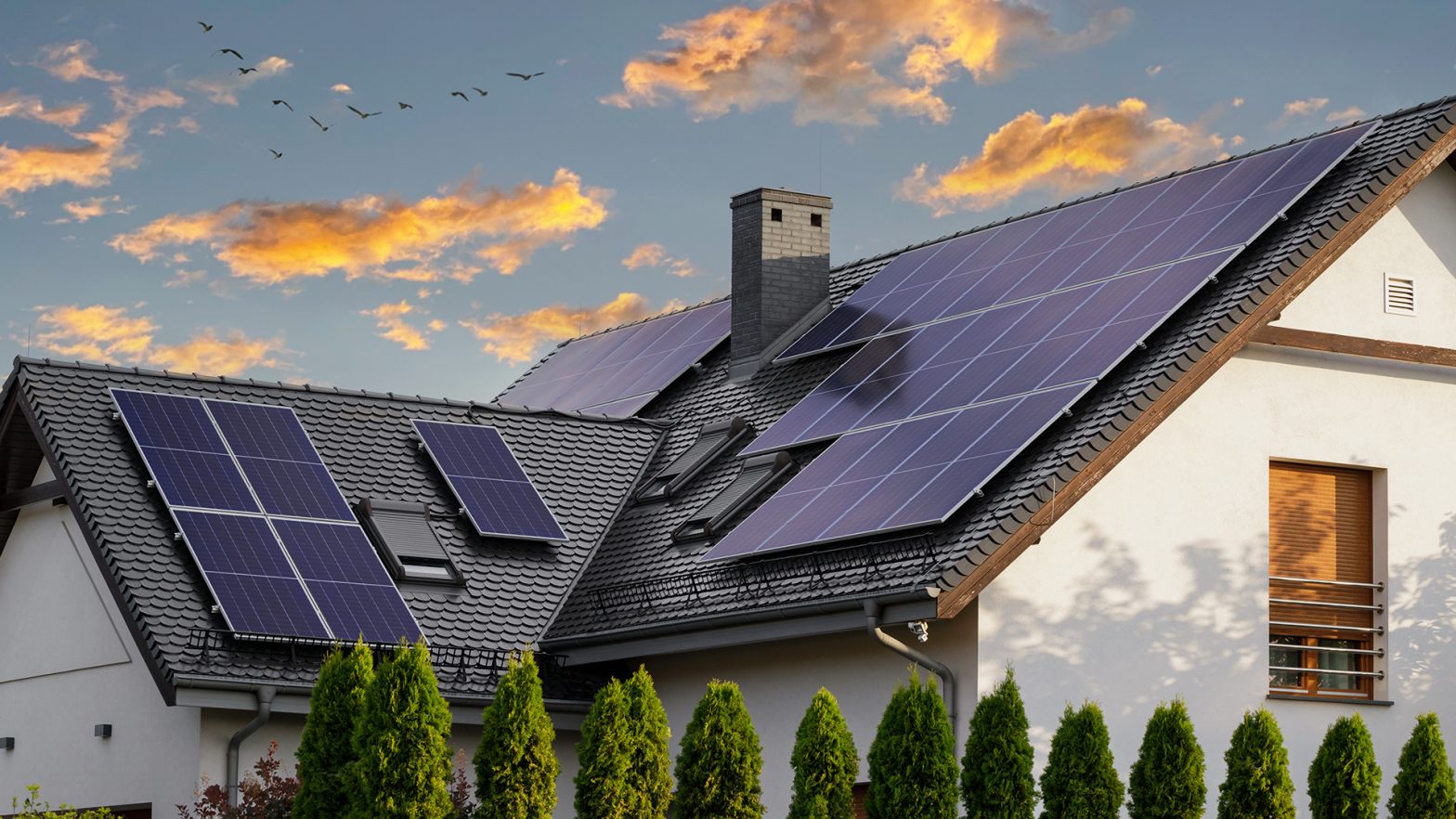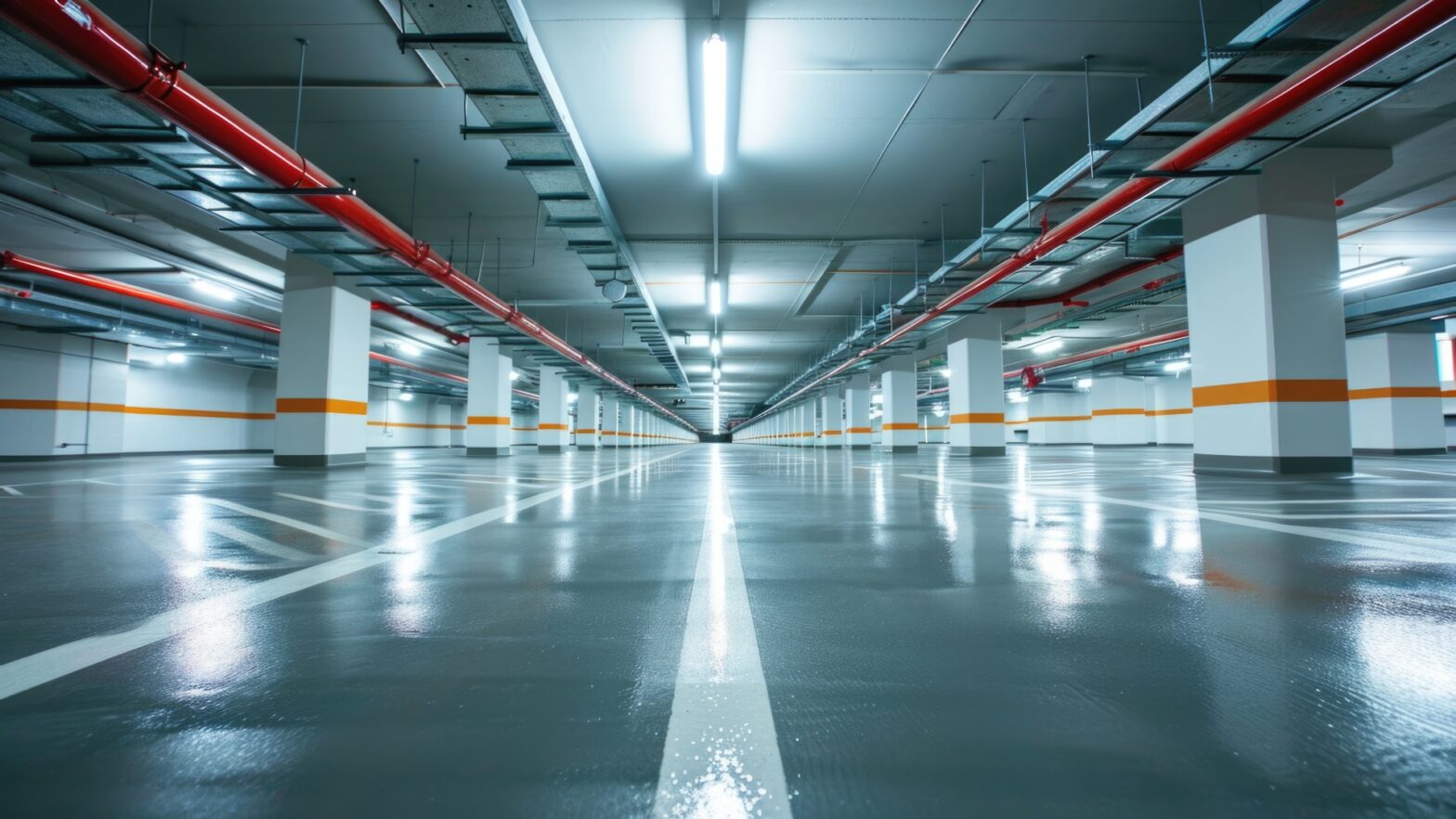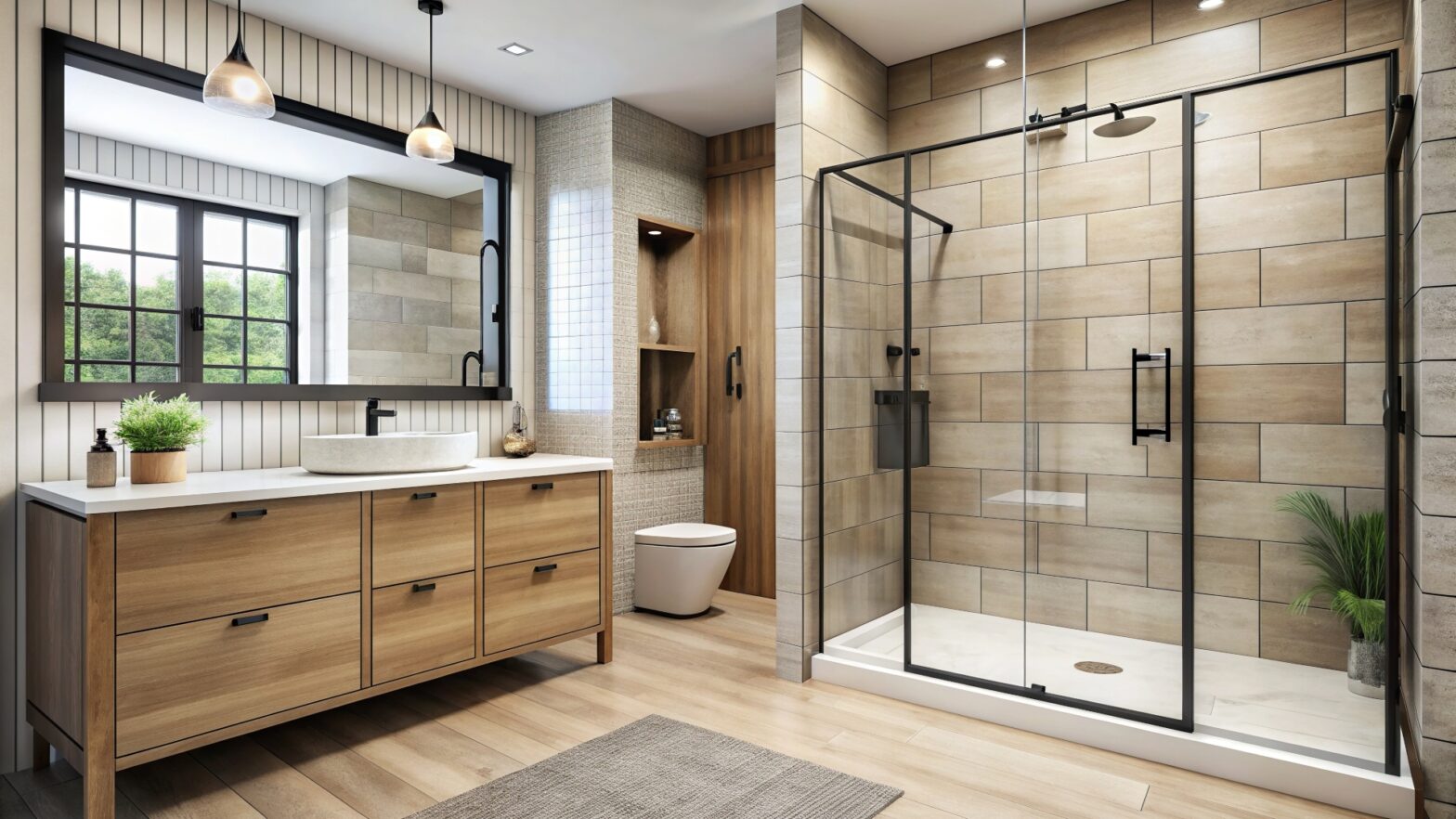Sustainable engineering is rapidly growing in popularity, not only for its limited impact on the environment, but also for the new aestheticism that it has created. The designs of these structures reflect the changing attitudes of the modern period, where people expect buildings, bridges, and spaces to serve more than their singular purpose.
Sustainable designs are becoming more prevalent in bridge engineering in particular, where the gap between nature and urban landscaped must be crossed and integrated. However, where bridges can often promote increased traffic and pollutants, while contributing to growing waste in the construction sector, others can fashion themselves to promote biodiversity, limit maintenance needs, and promote healthier lifestyles.
Here we look at the sustainable bridge designs that are inspiring the future of engineering.
Do as the Romans do
When thinking of innovative sustainable bridge designs, you may be surprised to find that the best examples are that of our early-AD ancestors. While it’s likely that climate change was not at the forefront of Roman engineers’ minds, their work is inspiring for modern engineers in understanding how to produce structures that stand the test of time.
Longevity is key to sustainability, simply because it limits replacement and maintenance. Ponte Sant’Angelo is a good example of this. Completed in 134 AD, the bridge is still very much in use today by pedestrians. While modern structures are less likely to be made from stone, it does emphasise the need for durability. Today, steel structural supports may be coated with recycled plastic material in order to prevent rust and erosion, and to prevent the need for continually repainting — both saving money and increasing the lifespan of the bridge.
Highbrow conversions
While longevity is important for sustainability, it’s important to know what to do with structures that outlive their purpose. This was the issue posed with the former New York Central Railroad spur on the west side of Manhattan when it shut down in 1980. Many lobbyists campaigned to demolish the high line bridge to produce more construction space. This may be considered unsustainable. In the EU for example, 75 per cent of all construction and demolition waste goes to landfill.
The high-rise bridge is sustainable because it has re-imagined its purpose by avoiding its material from being wasted. In 2019, the high rise reopened as a pedestrian walkway above the streets of Manhattan. Not only has it created a more environmentally friendly and accessible way to navigate the city, but it has added new green space to the urban dominated landscape, therefore improving air quality.
This bridge isn’t for you
Sustainability is about understanding that the planet belongs to more species than just humans, and in this sense, a sustainable bridge can be created for the use and safety of wildlife. This is the idea behind wildlife overpasses, bridges that connect natural reserves that are divided by motorways and roads. They often use native fauna to blend the crossing.
The aim of these bridges is to avoid wildlife and vehicle collisions, particularly for endangered species, by extending the natural landscape over roads. In fact, researchers believe that these bridges can reduce wildlife collisions by 85 to 95 per cent.
A good example of this is the wildlife crossing in Banff National Park in Canada. According to Parks Canada, the bridge has been used by wildlife more than 150,000 times.
When is a plastic bottle not a bottle? When it’s a bridge
When considering sustainability in bridge construction, recycling is at the forefront of the conversation. However, the mechanical properties of recycled plastic limit the extent to which this sustainable material can be used for bridge construction.
However, while you may not be able to make the Forth Bridge out of plastic, this type of eco-friendly structure is ideal for small spans with low heights. More supporting pillars are also used.
The longest recycled bridge in the world is only 30 metres long, but it can support up to 44 tonnes. But the innovation of recycled plastic and its strength will only continue and progress. When we recognise that these bridges will be able to be made from our waste products, the advantages of these crossings become clear.
Sustainability will be the focus of the construction sector in the next generation. The early concepts of sustainable bridge designs will inspire the continuing success of low waste and natural construction that benefits both the public and the environment. One day, maybe all bridges will be monuments of sustainability.












